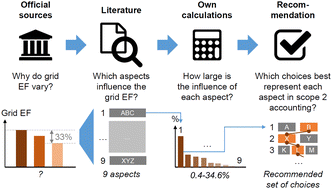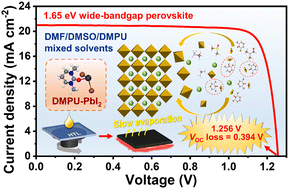DOI: 10.1039/D4EE00859F, Paper
Electrolyte concentration is crucial for low-temperature aqueous batteries (LTABs) as it directly dictates electrolyte freezing point.
To cite this article before page numbers are assigned, use the DOI form of citation above.
The content of this RSS Feed (c) The Royal Society of Chemistry



 Open Access
Open Access



